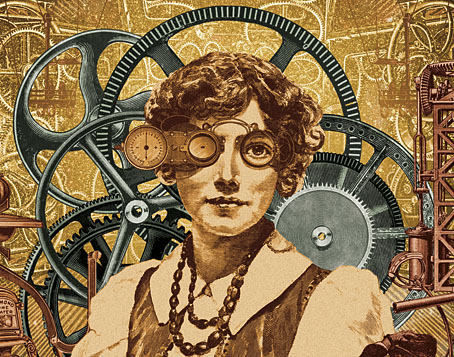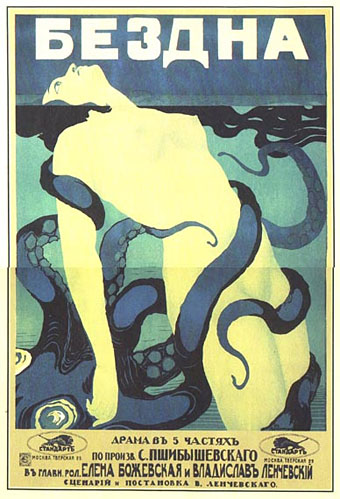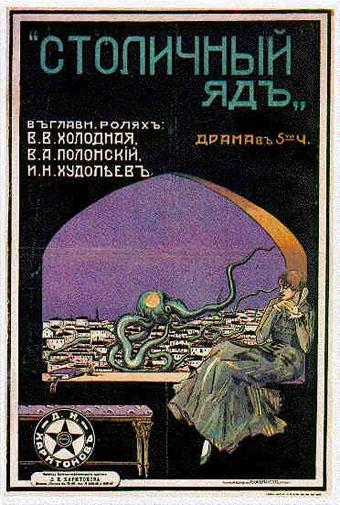Today’s post is another guest piece at Tor.com where I talk a little about using collage to create steampunk illustrations and designs. The post is part of their Steampunk Week, and I take the opportunity to acknowledge the influence of some artists who have become familiar points of reference here, namely Max Ernst and Wilfried Sätty.
Meanwhile, in light of this news, I should say that I don’t own an iPod, iPad or iPhone but there are four Apple computers of various vintage in this place, all of which have been used to create the art and design work I’ve been producing since the late 1990s. Apple machines and Adobe software literally changed my life by allowing me to get involved in graphic design and create artwork that would have been impossible to produce using pencil, ink and paint. Many thanks, then, to Steve Jobs. And RIP.
Previously on { feuilleton }
• Initiations in the Abyss: A Surrealist Apocalypse
• SteamPunk Magazine
• Morlocks, airships and curious cabinets
• The Steampunk Bible
• Vultures Await
• Steampunk Reloaded
• Wilfried Sätty: Artist of the occult
• Illustrating Poe #4: Wilfried Sätty
• Steampunk overloaded!
• More Steampunk and the Crawling Chaos
• Steampunk Redux
• Steampunk framed
• Steampunk Horror Shortcuts








